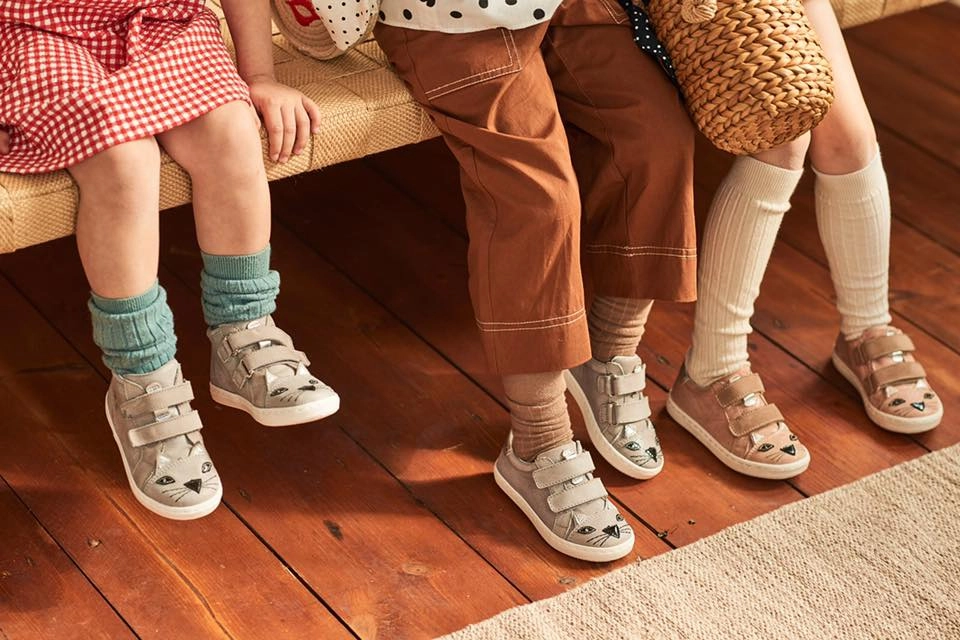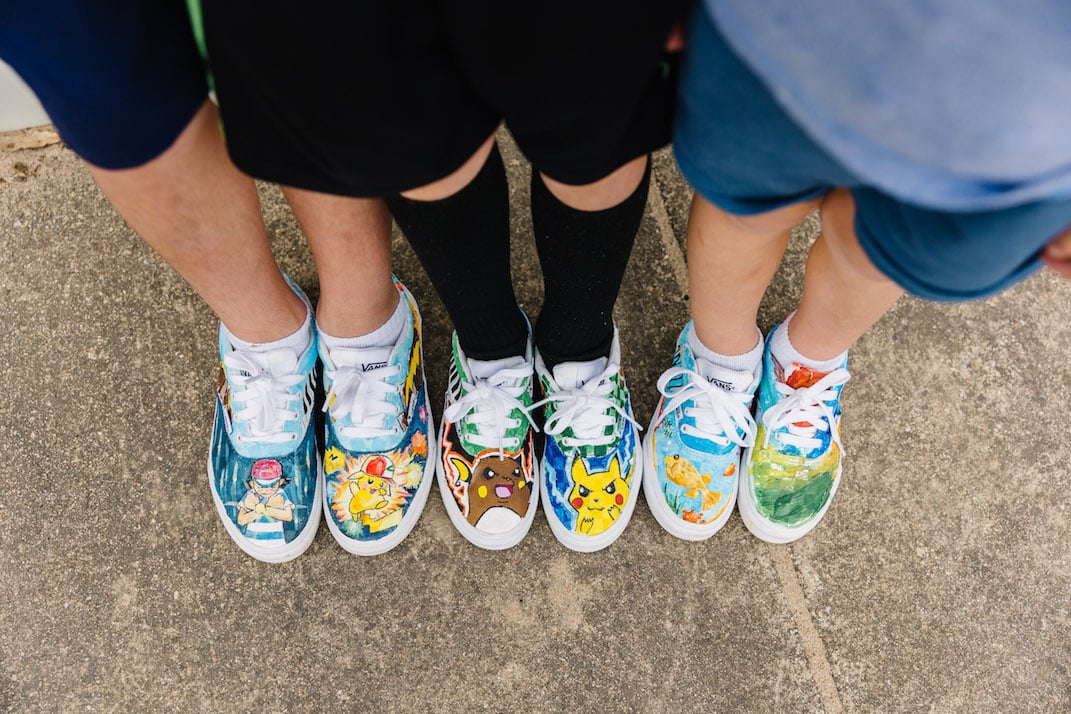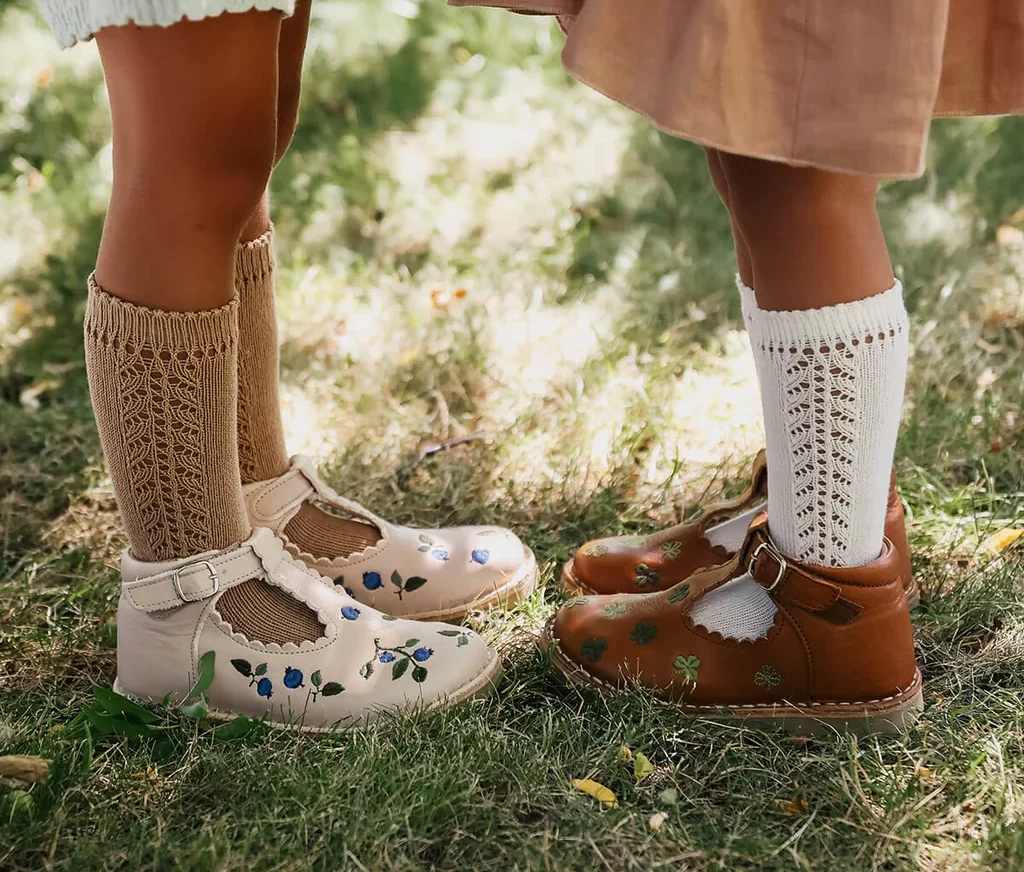Children’s well-being begins from the ground up, with their feet serving as the foundation of a healthy, active life. As parents, we often prioritize a myriad of aspects concerning our children’s health, but their foot health is an area that sometimes gets overlooked. This is where the significance of kids’ orthopedic shoes comes into play. In this article, we delve into the world of kids’ orthopedic shoes, shedding light on what they are, why they matter, and how they can positively impact your child’s overall health and development. These specialized shoes aren’t just about style – they are engineered to support and promote the healthy growth of your child’s feet. We’ll explore the key aspects of children’s foot development, common foot issues that can arise, and the substantial role that orthopedic shoes play in ensuring your child’s feet remain in tip-top condition.
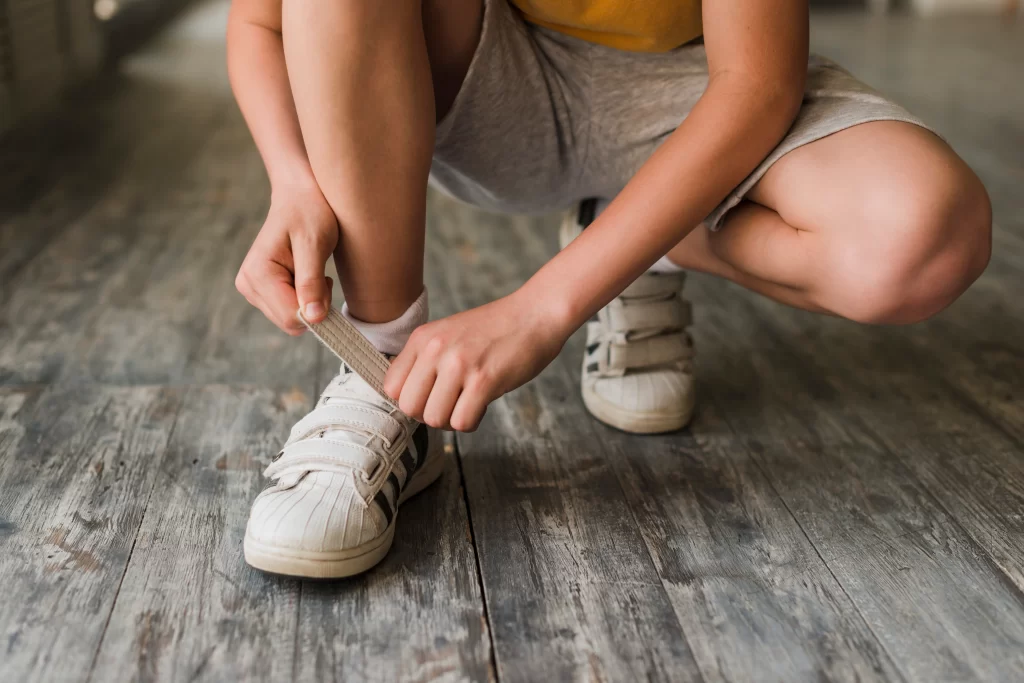
The Significance of Children’s Foot Health
Understanding the importance of children’s foot health is fundamental. Their feet undergo several stages of growth, each with unique characteristics and requirements. Common foot issues, such as flat feet or pronation, can impact a child’s daily life and physical activities. These problems may result from genetics, muscle imbalances, or improper footwear. It’s crucial for parents to recognize these conditions to avoid discomfort and potential limitations. Importantly, these foot issues can affect the entire musculoskeletal system, potentially leading to problems in the ankles, knees, hips, and lower back. Prioritizing early intervention in foot health is essential for ensuring a child’s overall well-being and preventing long-term health issues, providing them with a strong foundation for a lifetime of mobility and comfort.
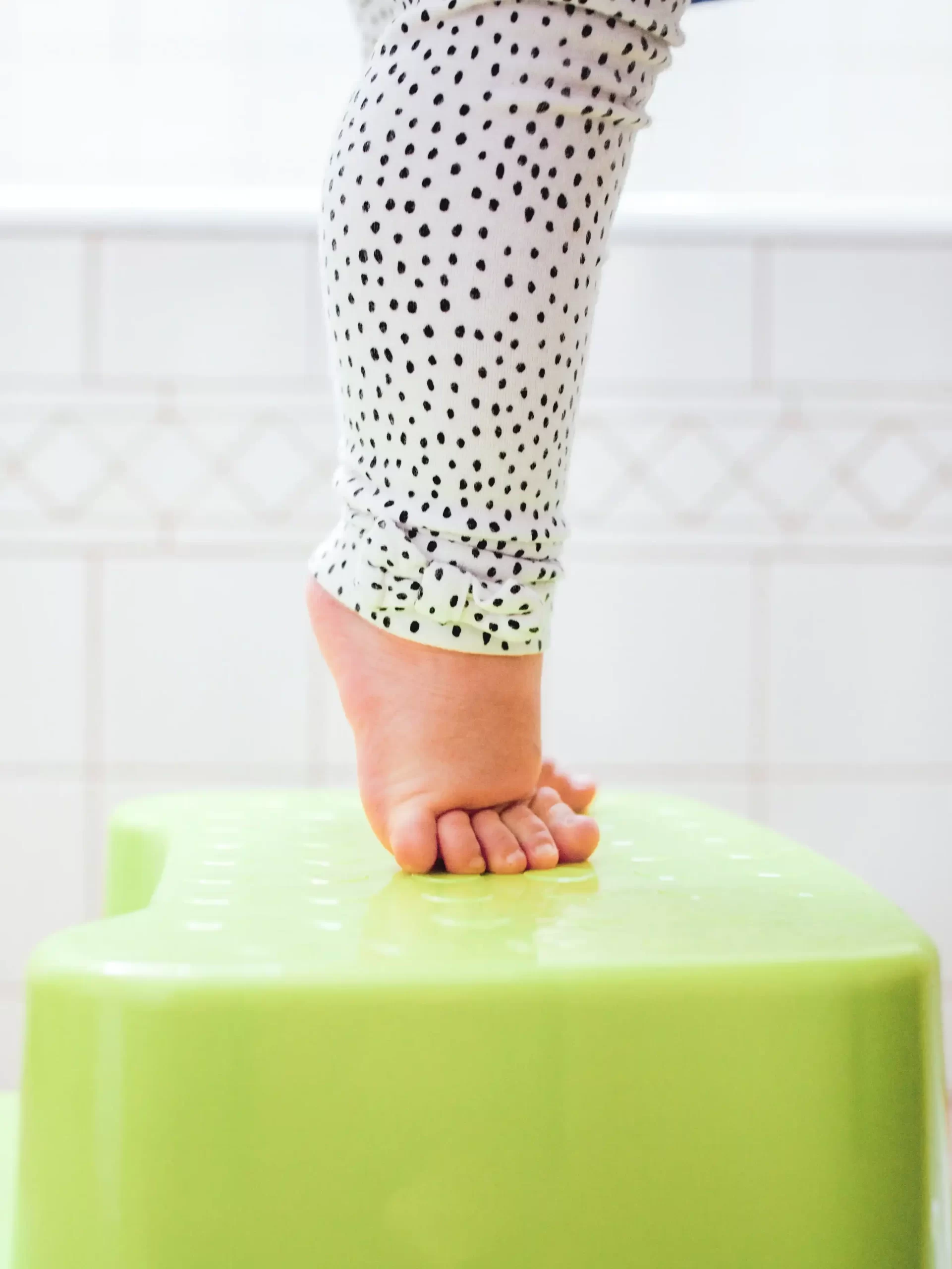
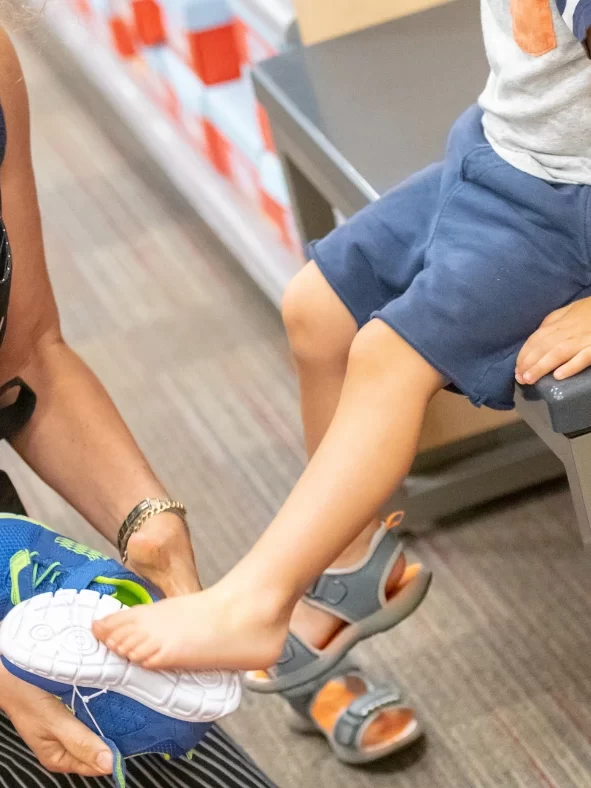
Why Orthopedic Shoes are Essential for Kids?
Orthopedic shoes are a crucial component of children’s foot health, designed with a focus on function rather than fashion. They stand out through their unique features and materials that prioritize proper foot development and support. These specially crafted shoes are not just a matter of preference – they are an essential tool in promoting the healthy growth of a child’s feet. Their design goes beyond aesthetics, aiming to provide the necessary support and comfort required for children’s developing feet. Parents and caregivers who understand the significance of orthopedic shoes can make informed choices that have a lasting impact on their child’s well-being.
- Arch Support: These shoes provide essential arch support, maintaining alignment as a child’s arches continue to form.
- Stability: Orthopedic shoes offer enhanced stability, reducing the risk of discomfort and injuries during various physical activities, making them particularly valuable for active children.
- Cushioning: The cushioning features in orthopedic shoes enhance comfort, ensuring each step is well-supported and minimizes the risk of discomfort or injuries.
Orthopedic shoes are not a universal solution but rather recommended in specific circumstances. Recognizing their distinctive attributes and when to consider them empowers parents to make informed choices, ensuring their children’s foot health and enduring mobility. With this knowledge, parents can proactively address potential foot issues, allowing their children to enjoy a lifetime of pain-free movement and active lifestyles.
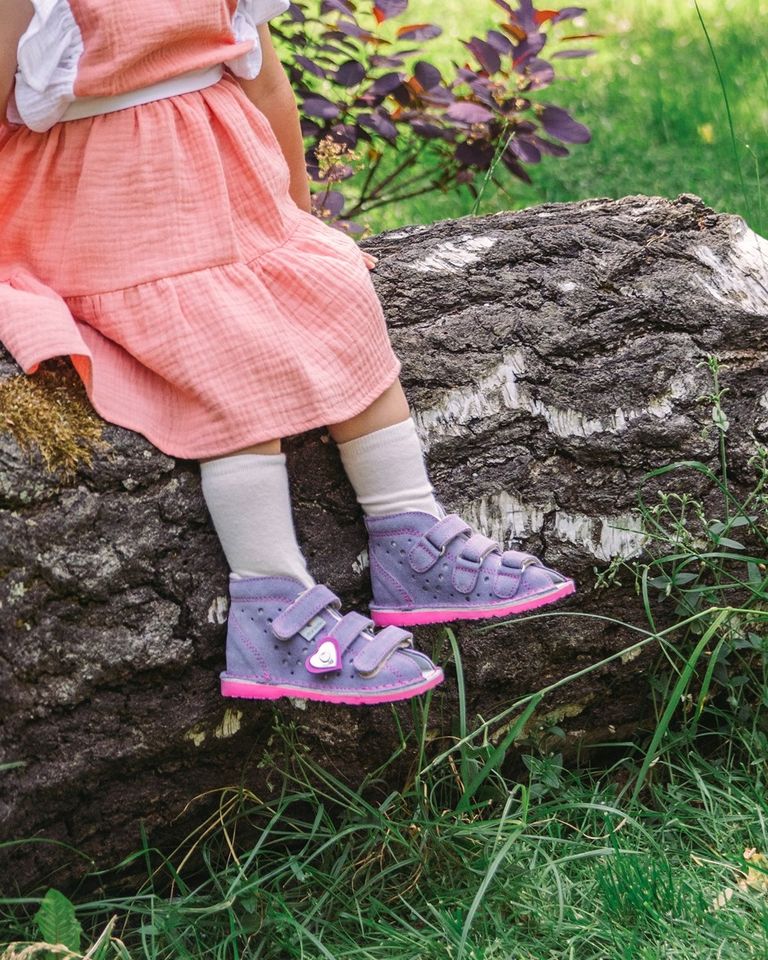
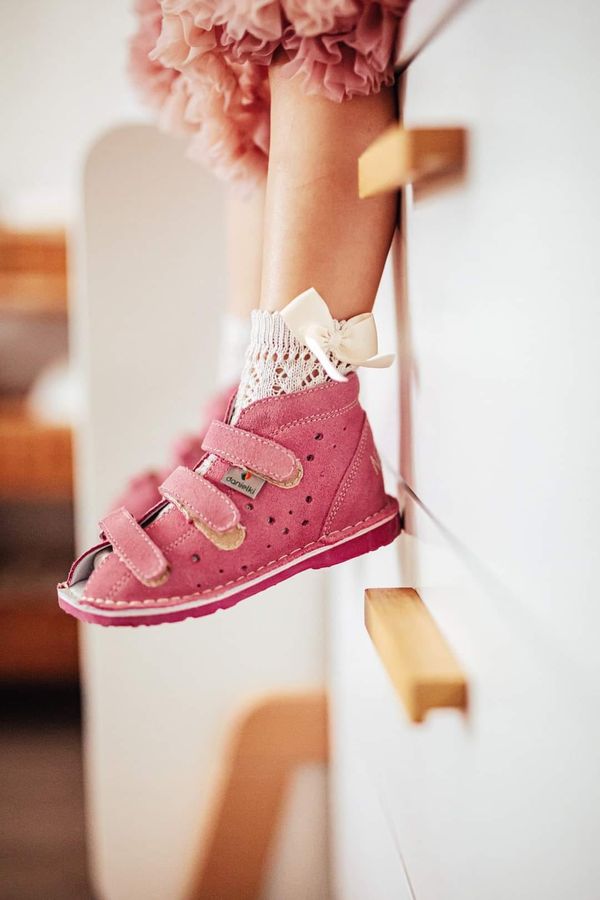
How to Choose the Right Orthopedic Shoes for Kids
Selecting the appropriate orthopedic shoes for your child involves careful consideration and attention to their individual needs. Here are some essential tips to guide you in making the right choice:
- Evaluate Your Child’s Lifestyle: Take into account your child’s daily activities and needs. Consider whether they require shoes for school, sports, or casual wear. Each situation may necessitate different features in the shoes, such as added support for sports or versatility for everyday use.
- Measure Accurately: Ensure you measure your child’s feet accurately. Remember that children’s feet can grow quickly, so it’s essential to take measurements regularly. Measure both the length and width of the foot to find the most suitable size.
- Consult a Specialist: If your child has specific foot concerns or conditions, it’s advisable to consult a pediatric orthopedic specialist. They can provide valuable insights and recommendations tailored to your child’s unique needs.
- Consider Breathability: Look for shoes made from breathable materials. Proper ventilation can help prevent moisture buildup and odors, which is particularly important if your child will wear the shoes for extended periods.
- Prioritize Adjustability: Shoes with adjustable features, such as Velcro straps or laces, allow for a more customized fit. This adjustability can accommodate variations in foot shape and size.
- Check for Arch Support: Adequate arch support is crucial, especially if your child has flat feet or high arches. Look for shoes that provide the necessary support to maintain proper foot alignment.
By considering your child’s lifestyle, measuring accurately, seeking expert advice when needed, prioritizing breathability and adjustability, and ensuring adequate arch support, you can confidently choose orthopedic shoes that cater to your child’s specific needs. A well-informed decision in selecting these shoes will contribute to your child’s overall comfort, proper foot development, and a reduced risk of future foot issues.
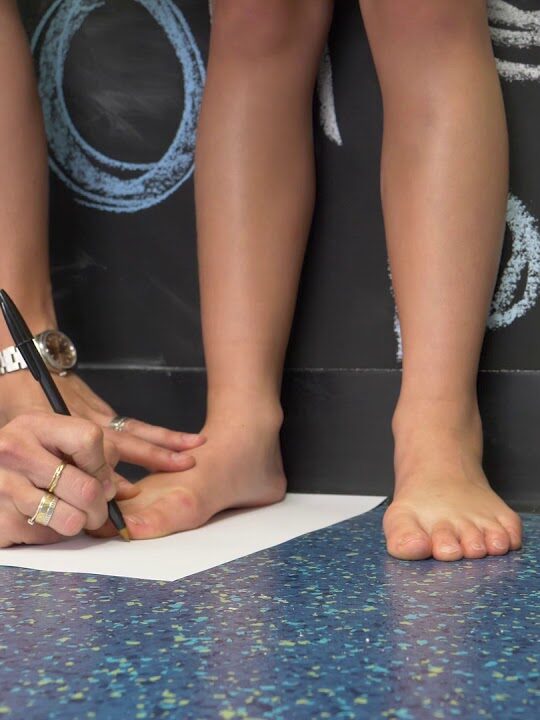
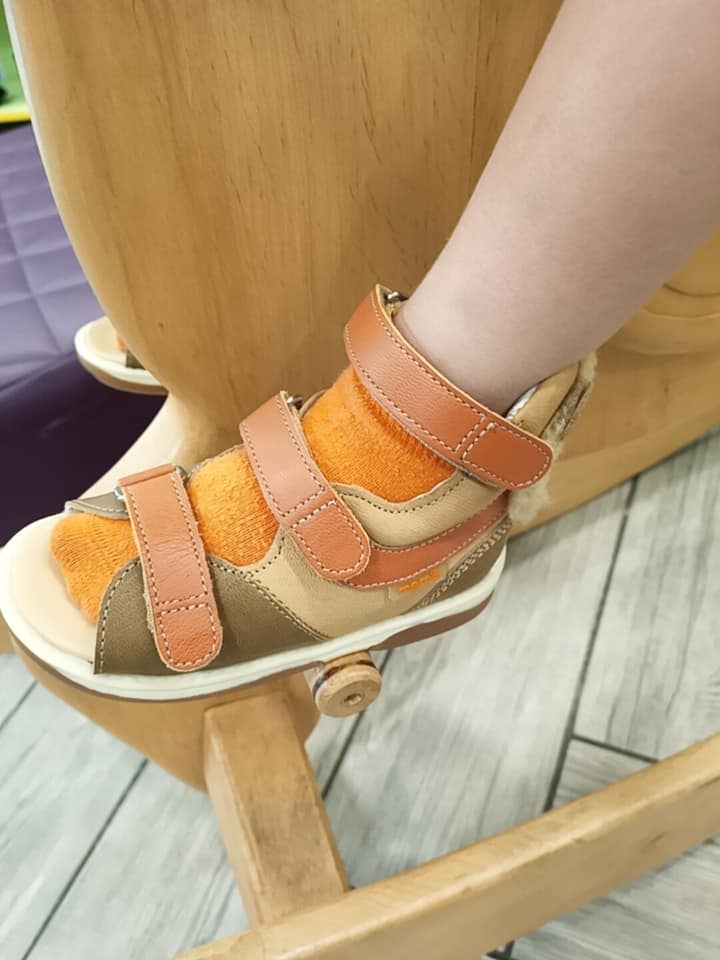
Benefits of Orthopedic Shoes for Children
Orthopedic shoes stand as a valuable investment in your child’s overall well-being, offering a range of benefits that extend well beyond mere comfort and style. Here are some of the notable advantages that orthopedic shoes can provide for children:
- Improved Foot Health: Orthopedic shoes are designed to aid in the proper alignment and development of a child’s feet. They offer essential arch support, ensuring that the arches develop naturally and promote proper foot posture as children grow. This enhanced foot health can have a lasting impact on their overall well-being.
- Enhanced Comfort and Support: Comfort is paramount for active children, and orthopedic shoes are engineered to provide just that. They come with cushioning features that minimize discomfort and ensure every step is well-supported. This level of comfort is particularly valuable for children who engage in various physical activities.
- Prevention of Long-term Issues: Addressing foot problems early with orthopedic shoes can be a proactive measure in preventing long-term musculoskeletal issues. For instance, children with flat feet may develop knee pain or altered walking patterns if their foot issues are left untreated. Orthopedic shoes can help mitigate these concerns, setting the stage for a lifetime of healthy mobility and minimizing the risk of future issues.
By providing these benefits, orthopedic shoes ensure that children not only have comfortable and supportive footwear but also lay the foundation for a lifetime of proper foot development. This proactive approach to addressing foot health contributes to their overall well-being, allowing them to lead an active, pain-free life.
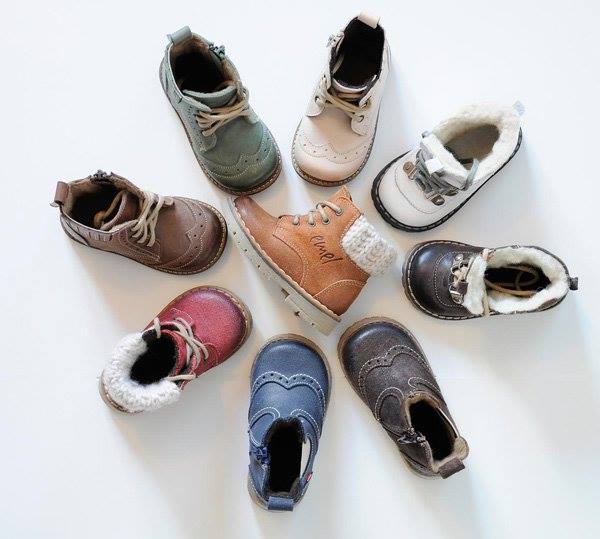
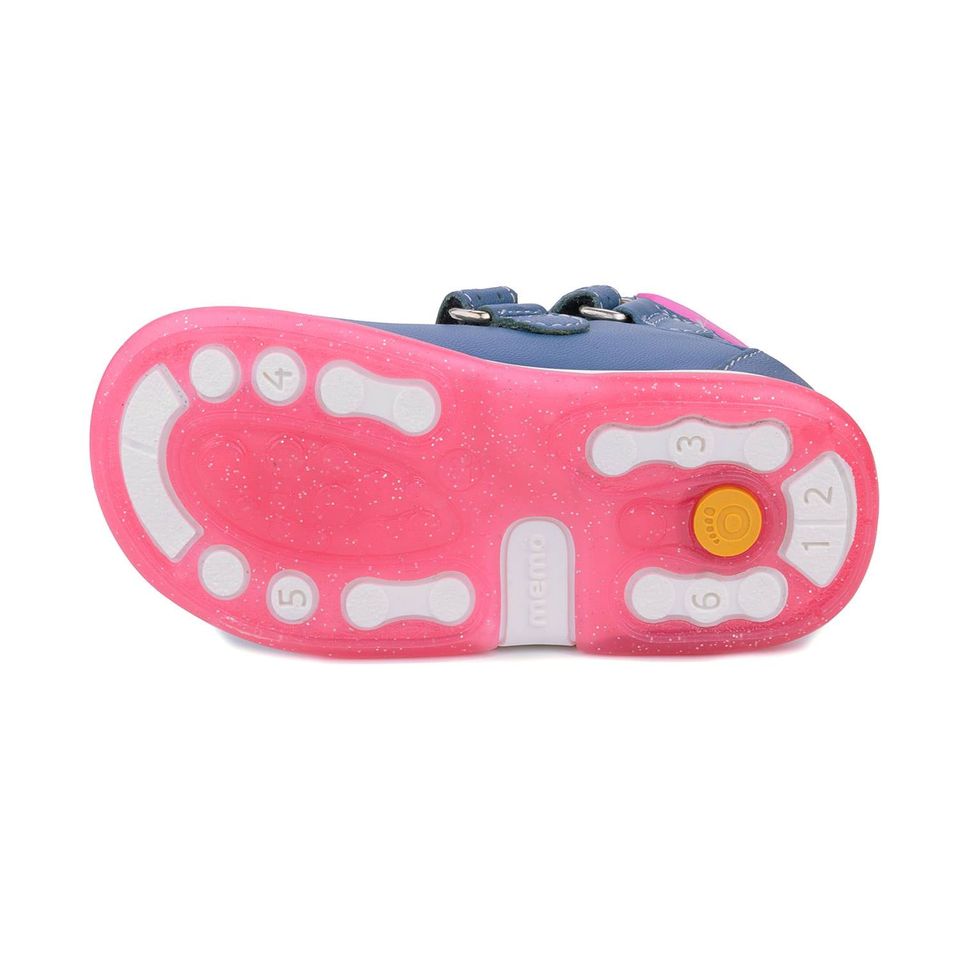
Common Misconceptions About Kids’ Orthopedic Shoes
Orthopedic shoes for children are sometimes shrouded in myths and misconceptions that can deter parents from exploring their benefits. Let’s debunk these common myths to help you make informed choices for your child’s foot health:
- Orthopedic Shoes Are Only for Severe Conditions: This is a widespread misconception. Orthopedic shoes are not limited to addressing extreme cases. They can be beneficial for a wide range of foot issues, from mild concerns to more severe conditions. Whether your child has flat feet, pronation, or arch-related problems, orthopedic shoes can provide valuable support and preventive measures.
- Orthopedic Shoes Are Unattractive: Gone are the days when orthopedic shoes were primarily functional with little attention to aesthetics. Modern orthopedic footwear is designed with style in mind. These shoes come in a variety of attractive designs and colors, ensuring that children can wear them with confidence, just like any other pair of shoes.
- Orthopedic Shoes Are Too Expensive: While it’s true that orthopedic shoes can have a higher upfront cost compared to regular shoes, it’s essential to consider the long-term benefits. These shoes contribute to improved foot health and can help prevent costly musculoskeletal issues in the future. They are an investment in your child’s well-being, and the comfort, support, and preventive measures they offer can make them a practical choice for many families.
By dispelling these misconceptions, parents can confidently explore orthopedic shoes as a viable option to promote their child’s foot health and overall well-being. It’s essential to focus on the long-term advantages and the comfort and support that orthopedic shoes provide, ensuring that children can lead active, pain-free lives while enjoying stylish and functional footwear.
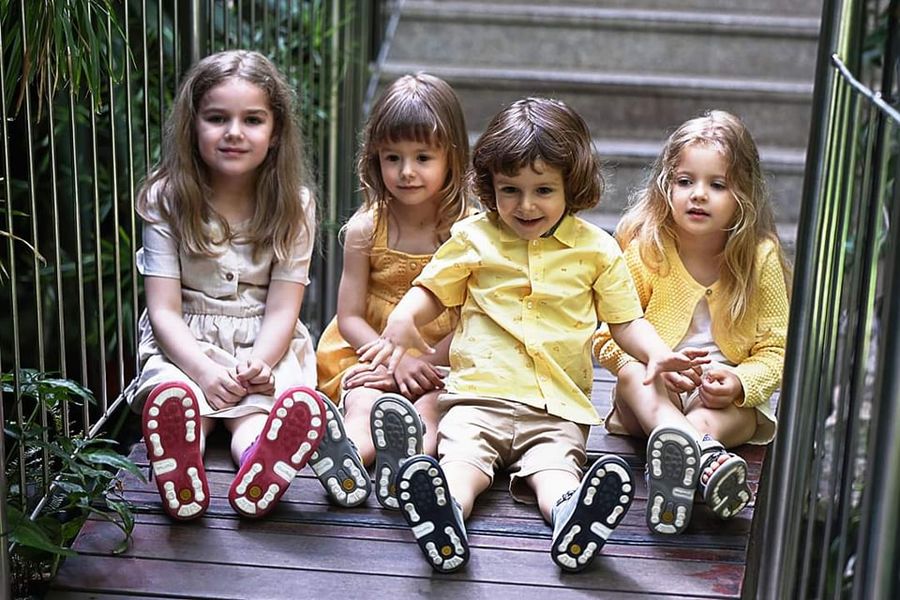
In conclusion, kids’ orthopedic shoes are a crucial part of ensuring our children’s foot health and overall well-being. They go beyond mere aesthetics, offering a range of benefits that enhance foot health, provide comfort and support, and can prevent long-term musculoskeletal issues. It’s important to dispel misconceptions surrounding these shoes, understanding that they are not limited to severe conditions, can be stylish, and offer long-term value. By making informed choices, parents can give their children a strong foundation for a lifetime of mobility and comfort. So, let’s step forward with the knowledge that orthopedic shoes are a proactive step toward our children’s health and an active, pain-free future.

